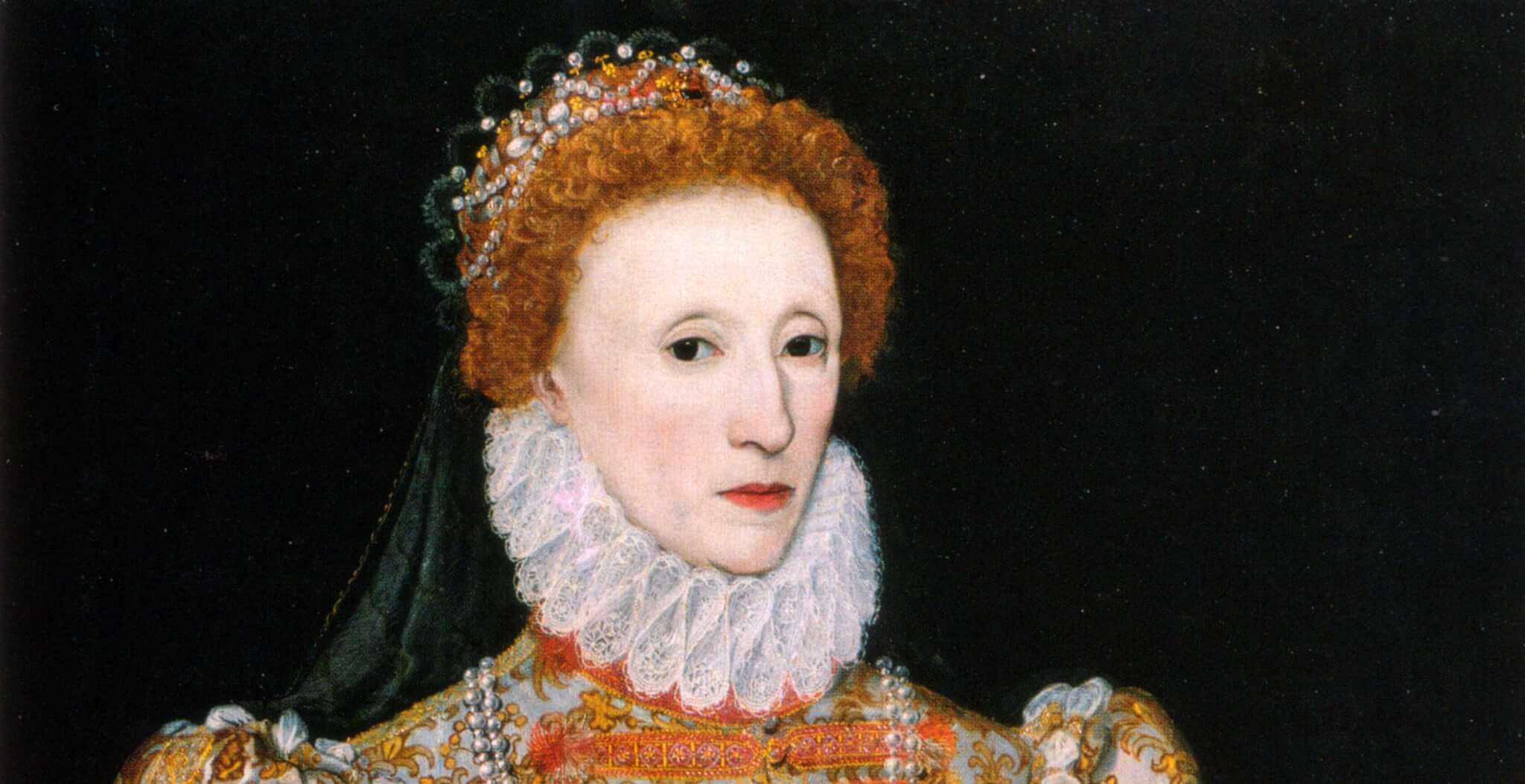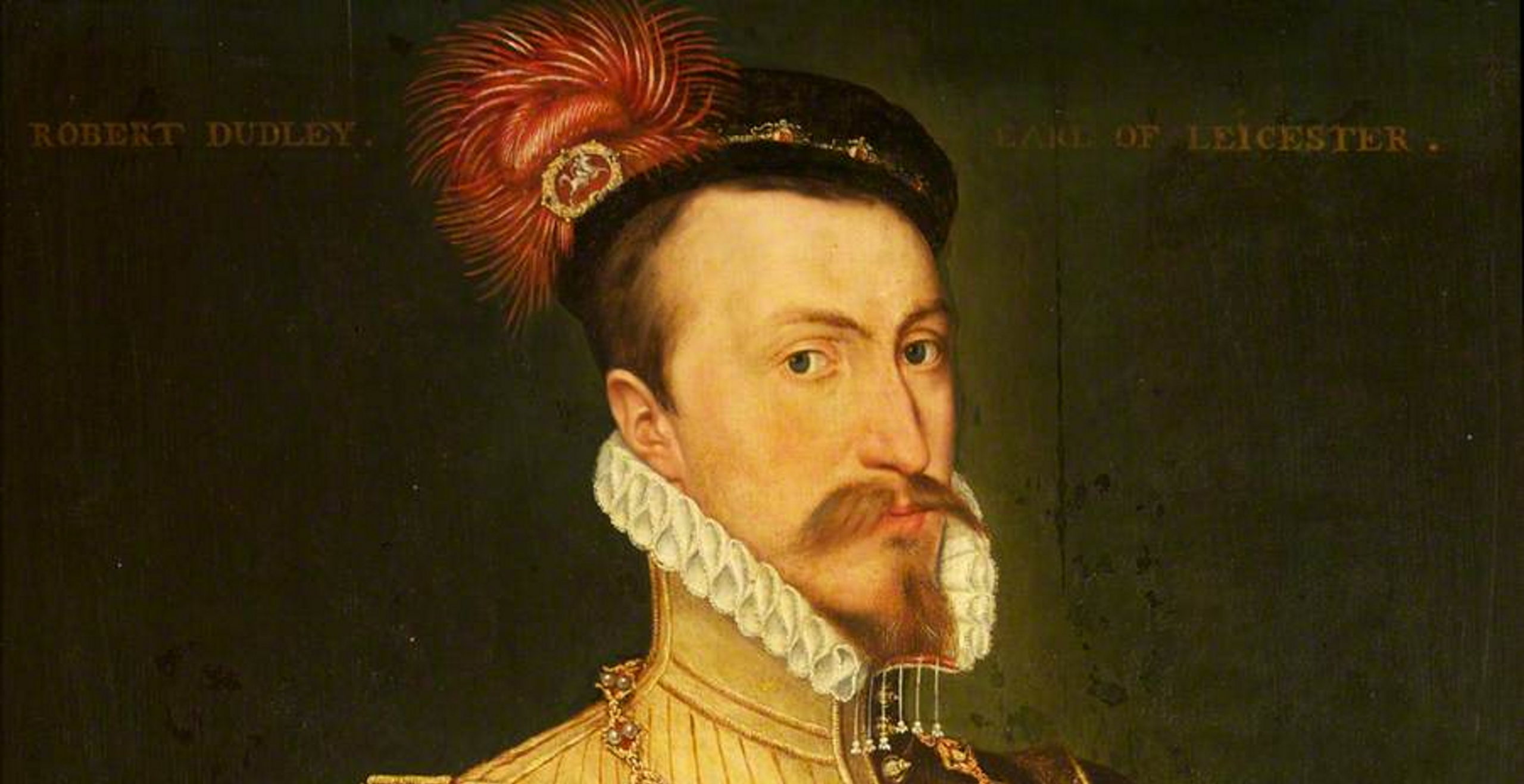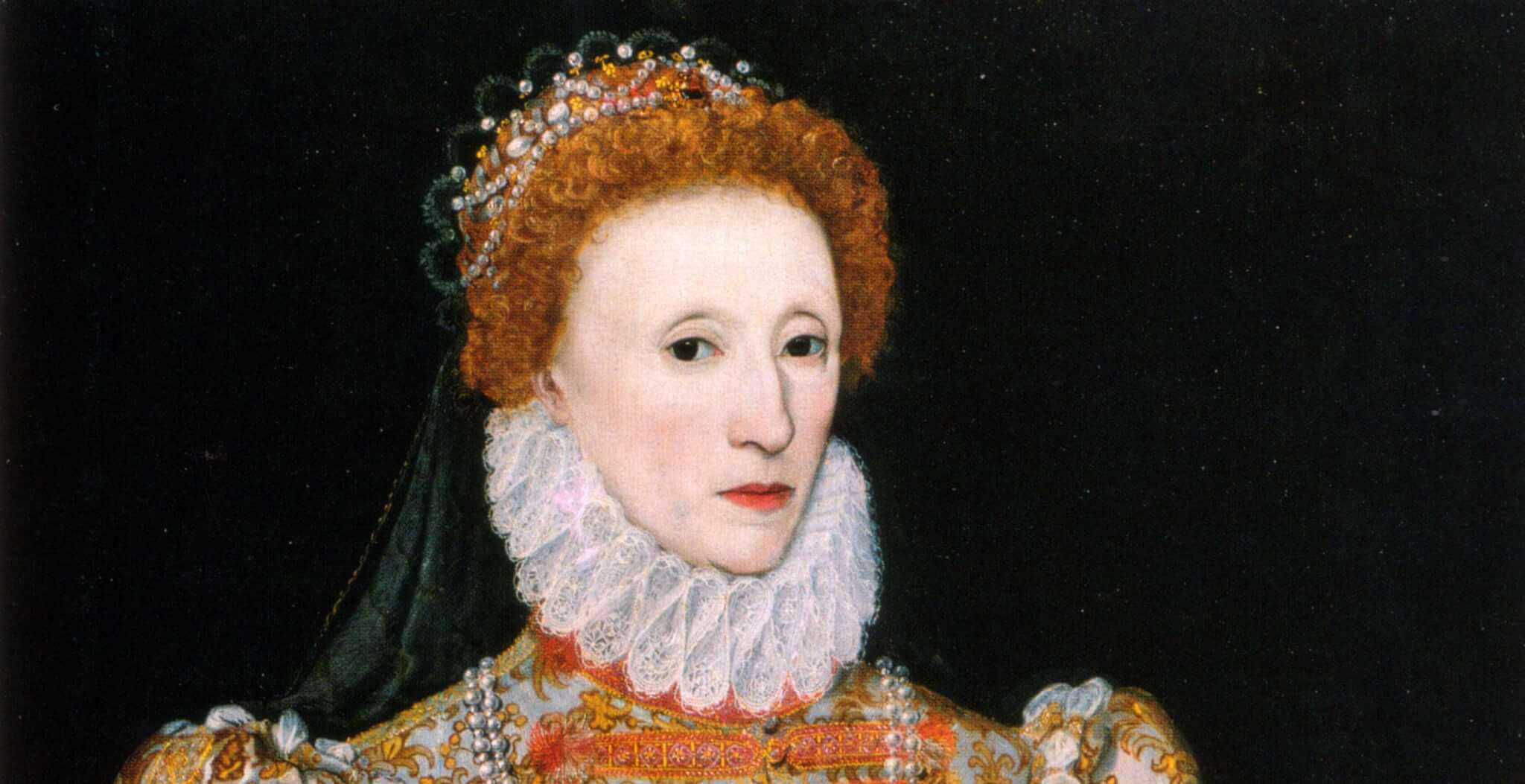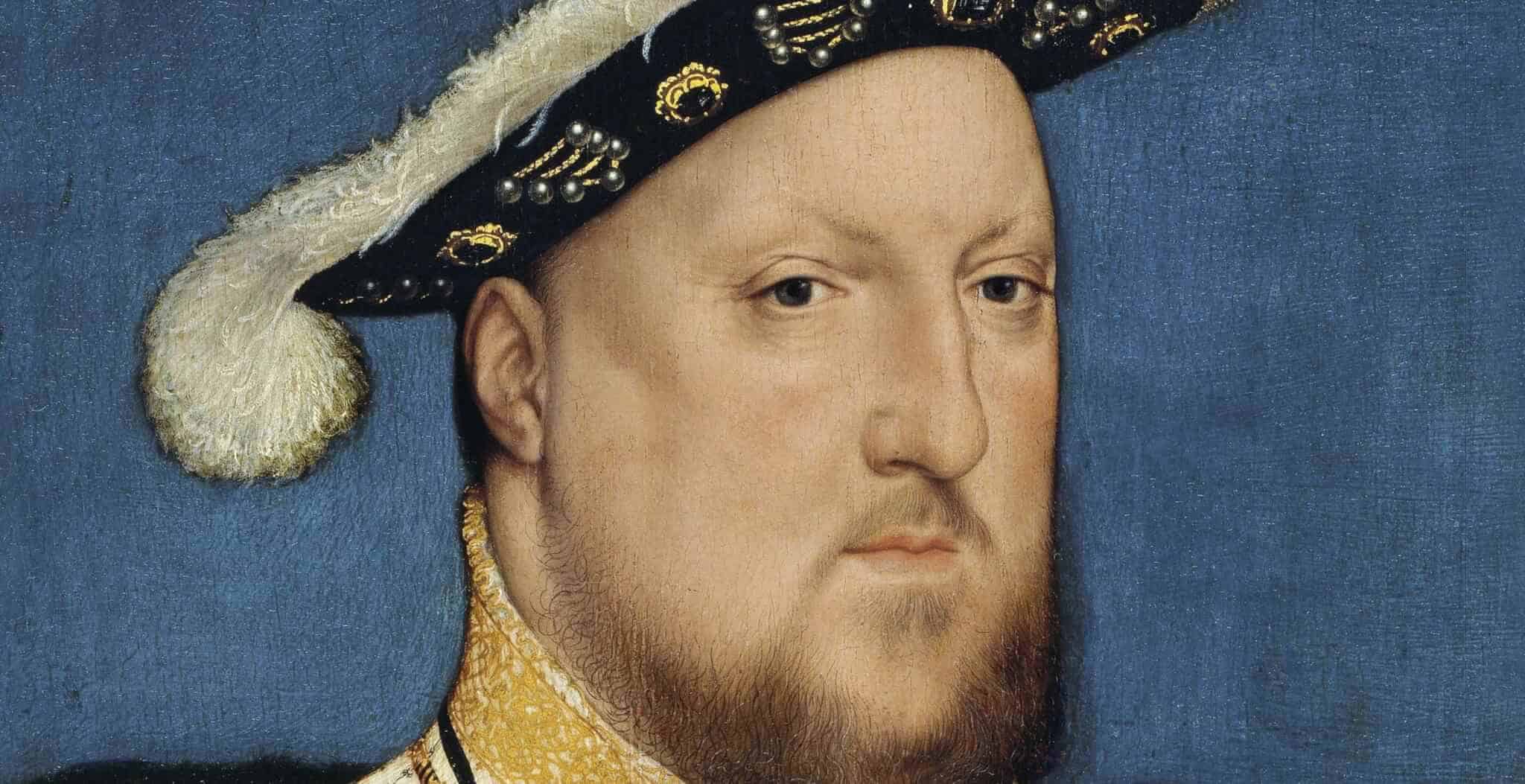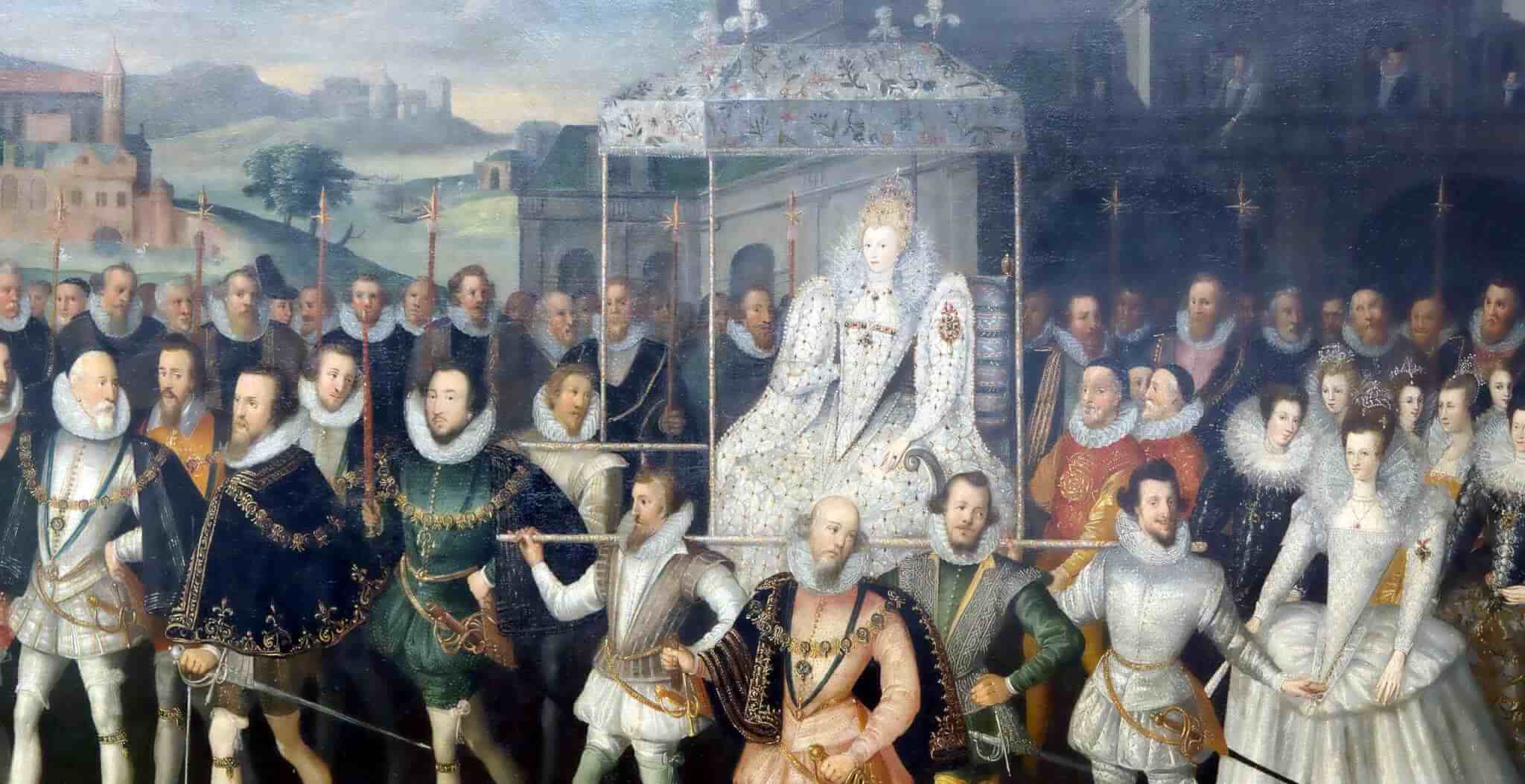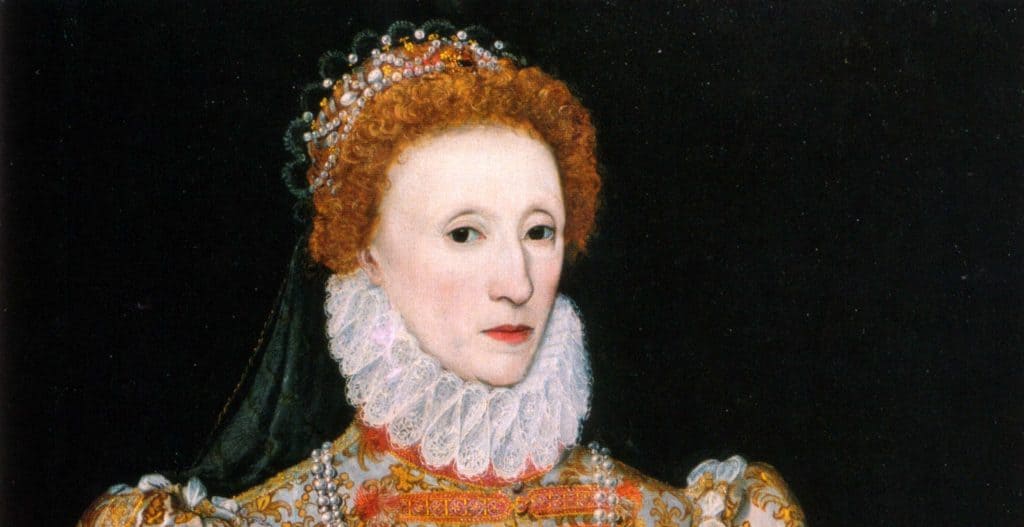In 1559, in a speech to parliament, Elizabeth I declared that ‘this shall be for me sufficient that a marble stone shall declare that a Queen, having reigned such a time, lived and died a virgin.’
Elizabeth I began her reign on 17th November 1558 as a young woman of only 25 years of age. However, by the time Elizabeth gave her first speech to Parliament in early 1559 she declared that it would be ‘sufficient’ for her to ‘live and die a virgin.’ On 24th March 1603, Elizabeth did in fact die in this precise manner at the age of 69. Therefore, within this article I will analyse several key events before Elizabeth’s succession to suggest why it was ‘sufficient’ for a young woman of 25 to make such a bold statement within months of succeeding, especially when her very role of monarch was to marry and produce an heir.
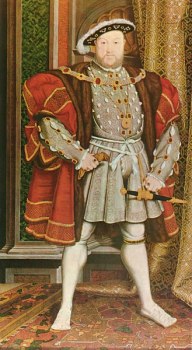 To decipher Elizabeth’s perception of matrimony, it is probably best to first look at the example set within her immediate family. Elizabeth’s father, Henry VIII, married a total of six times, and as the famous mnemonic rhyme goes they were divorced, beheaded, died, divorced, beheaded, survived. Of those beheaded of treason and adultery was that of her own mother, Anne Boleyn, on 19th May 1536, when Elizabeth was not quite three years old. However, although Elizabeth was too young to understand the ‘speed and ruthfulness of Queen Anne’s downfall’ she was fully aware of her stepmother Catherine Howard’s execution on 13th February 1542, when she was eight years old. Once Catherine was arrested her father ‘refused even to let her plead in her own defence.’ Of her four other stepmothers, two were divorced and cast aside, one died in childbirth and the other barely survived due to an implication of suspected heresy, months before her own father’s death. Therefore, Elizabeth’s views of matrimony with regards to her own father’s marriages can only have been connected to alienation or death, whether by childbirth or beheading.
To decipher Elizabeth’s perception of matrimony, it is probably best to first look at the example set within her immediate family. Elizabeth’s father, Henry VIII, married a total of six times, and as the famous mnemonic rhyme goes they were divorced, beheaded, died, divorced, beheaded, survived. Of those beheaded of treason and adultery was that of her own mother, Anne Boleyn, on 19th May 1536, when Elizabeth was not quite three years old. However, although Elizabeth was too young to understand the ‘speed and ruthfulness of Queen Anne’s downfall’ she was fully aware of her stepmother Catherine Howard’s execution on 13th February 1542, when she was eight years old. Once Catherine was arrested her father ‘refused even to let her plead in her own defence.’ Of her four other stepmothers, two were divorced and cast aside, one died in childbirth and the other barely survived due to an implication of suspected heresy, months before her own father’s death. Therefore, Elizabeth’s views of matrimony with regards to her own father’s marriages can only have been connected to alienation or death, whether by childbirth or beheading.
Elizabeth’s elder half sister, Mary I, fared little better within her own marriage to the future Philip II of Spain, whom she married on 25th July 1554. The marriage was not successful though, ‘for although Mary fell deeply in love with Philip, he found her repellent.’ Unsurprisingly, the marriage produced no children, despite Mary’s expectant hopes during her phantom pregnancies that she would produce the longed for Catholic heir. Philip soon returned to Spain, and Mary never saw him again.
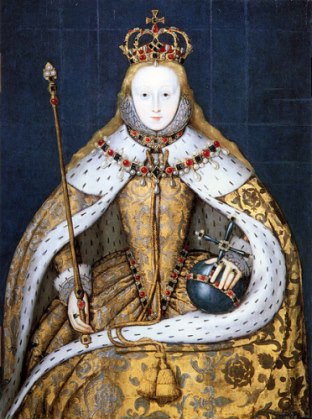
When Elizabeth eventually succeeded on 17th November 1558 it was Philip who was the first to offer his hand in marriage, although a dispensation would have been needed for Elizabeth to marry her deceased sister’s husband. However, Elizabeth was careful not to make the same disastrous mistake as her sister, that of marrying a Catholic foreign prince. By the time of Elizabeth’s succession ‘the country was impoverished by Spain’s injudicious wars and humiliated by the loss of Calais’ resulting in the Treasury being virtually empty. It was this reason, which her councillors later used in 1579 when Elizabeth thought of marrying the Catholic French prince, Frances, Duke of Alencon. Their xenophobic fears were widely popular within the country, as the English ‘were always suspicious of foreign men and their Continental ways.’
Elizabeth’s first experience of love also did very little to recommend her to the state of matrimony. For, following the death of her father on 28th January 1547, Elizabeth was placed into the care of her stepmother, Catherine Parr, where she soon gained the attentions of her stepmother’s new husband, Thomas Seymour. When in early 1548 the heavily pregnant Catherine Parr became aware of the inappropriateness of her husband and stepdaughter’s flirtatious conduct, Elizabeth was duly sent away. Within months, Catherine died in childbirth on 5th September 1548, and Thomas was now free to marry the 15-year-old princess. However, Thomas was soon caught up in a power struggle with his brother, the Lord Protector Edward Seymour, and was ‘condemned to death on charges of treason on 20th March 1549.’ Elizabeth and her servants were questioned over their involvement with Thomas Seymour and his suspected plan to marry Elizabeth, but no evidence was found against them. This early encounter with love and flirtation, and all the dangers that came with it, were an early sign to Elizabeth of how marriage could lead to self-destruction.
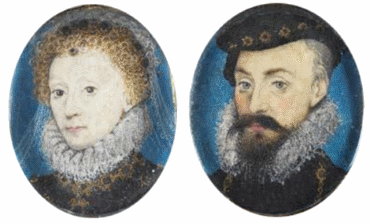
Of course, Elizabeth did have several chances to marry throughout her reign, most notably to Robert Dudley (pictured with Elizabeth, above), her great favourite. However, the suspicious death of Robert’s wife, Amy Robsart, on 8th September 1560, effectively put an end to this possibility. Elizabeth was by then a skilled enough politician to know that her people would revolt if she married Dudley, due to the popular belief that he has ‘instigated the death of his inconvenient wife.’ Ironically, a similar turn of events occurred seven years later when Mary, Queen of Scots, married James, 4th Earl of Bothwell, whom the Scots believed had murdered her second husband Henry Stuart, Lord Darnley, only weeks earlier. Consequently, the Scots revolted and Mary was forced to abdicate and ‘yield the throne to her thirteen-month-old son, now James VI.’ This dramatic series of events within Scotland shows in itself Elizabeth’s wisdom in not marrying Robert Dudley in 1560.
To conclude, I would argue that Elizabeth had already decided upon her succession that she would ‘live and die a virgin’ due to the various experiences of marriage she had already encountered within her immediate family. Her flirtations with Robert Dudley, the love of her life, early on within her reign were marred by the suspicious death of his own wife. This served as a reminder to Elizabeth how dangerous love could be, especially following her youthful encounter with Thomas Seymour. Mary, Queen of Scots’ disastrous choice in husbands and the consequential loss of her throne and freedom also indicated to Elizabeth that a ruler, especially a female ruler, needed to be more careful in her choice of a consort. Elizabeth therefore had to prove that a female monarch could rule effectively, despite those contemporaries such as the ‘aggressive Calvinist divine, John Knox,’ publicising sceptical texts on Europe’s ‘Monstrous Regiment of Women.’ These events during her reign, rather than putting any doubt in Elizabeth’s mind of whether to enter into matrimony, more than likely confirmed her initial resolution made in early 1559 that it was wisest to ‘live and die a virgin.’
Biography:
Scott Newport was born in 1984 in Reading, Berkshire and lives with his wife Katherine in Whitchurch, Hampshire. He has been a keen amateur historian from a young age and specialises in the Tudor and Stuart era.
